Scientific experts at the University of Bologna were working on Monday to verify data from the sensors, which they said appeared to show “anomalous oscillations”, and nearby roads had been closed as a precaution in the meantime, reported the local edition of newspaper La Repubblica.
Built between between 1109 and 1119, the Garisenda tower, along with the 97-metre Asinelli, is one of the northern Italian city’s most recognisable symbols
Together they’re often referred to as the ‘twin towers’, despite their differences, and they are two of 20 surviving examples of countless towers built in the area by medieval aristocratic families competing to display their wealth.
It’s not always noticeable to observers, but today the 48-metre Garisenda tower is increasingly leaning as its foundations weaken.
Garisenda is in fact the the tallest leaning brick tower in the world, according to studies (the Tower of Pisa is not made of brick).
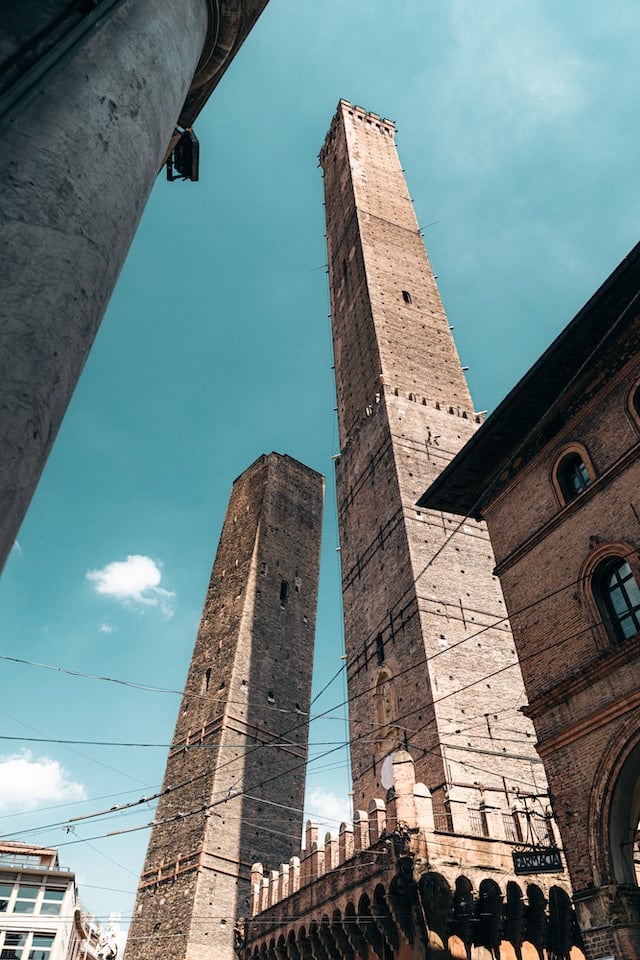
It has been under close observation for months after ever more frequent movement was detected, which experts say is because of its age and notoriously weak foundations from the 1100s.
The base of the tower, built from mortar, terracotta bricks and river stones, was reinforced with injections of mortar in 2022, and steel bands were placed around it in 2019, but this doesn’t appear to have resolved the problem.
READ ALSO: Italy receives UNESCO site record as Bologna’s porticoes are added to World Heritage list
Italian Culture Undersecretary Lucia Borgonzoni told newspaper Quotidiano Nazionale on Monday that the scientific data from the tower in recent days was “concerning.”
“Perhaps there has been an underestimation of the situation by the municipal scientific committee that is in charge of the tower’s conservation,” she said.
She said the government would fund work to shore up the tower and make it safer, using some five million euros allocated under Italy’s EU-funded National Recovery and Resilience Plan (NRRP).
“The government has moved to save the iconic Bologna tower after the city council wasted time,” she claimed.
Bologna’s mayor Matteo Lepore later told reporters there was no “imminent” risk of the tower collapsing.
“The tower has swayed and moved for centuries,” he said.
Nevertheless, he said the city would do “everything” it could to safeguard the tower, suggesting a potential ban on buses driving past it.
The tower has been under observation by scientific experts at the University of Bologna since 2009.
Its stability has been a cause for concern for a lot longer, though: in 1300 it was shortened by ten metres because of fears it could collapse.

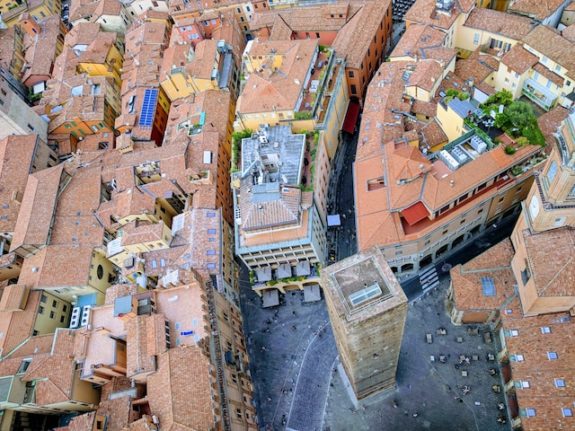

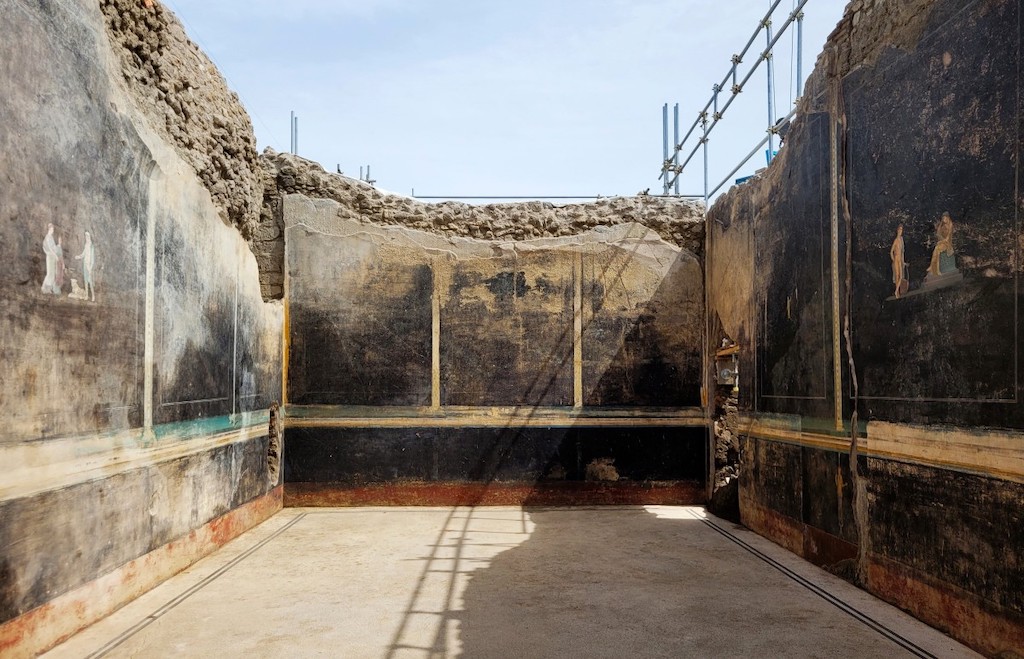
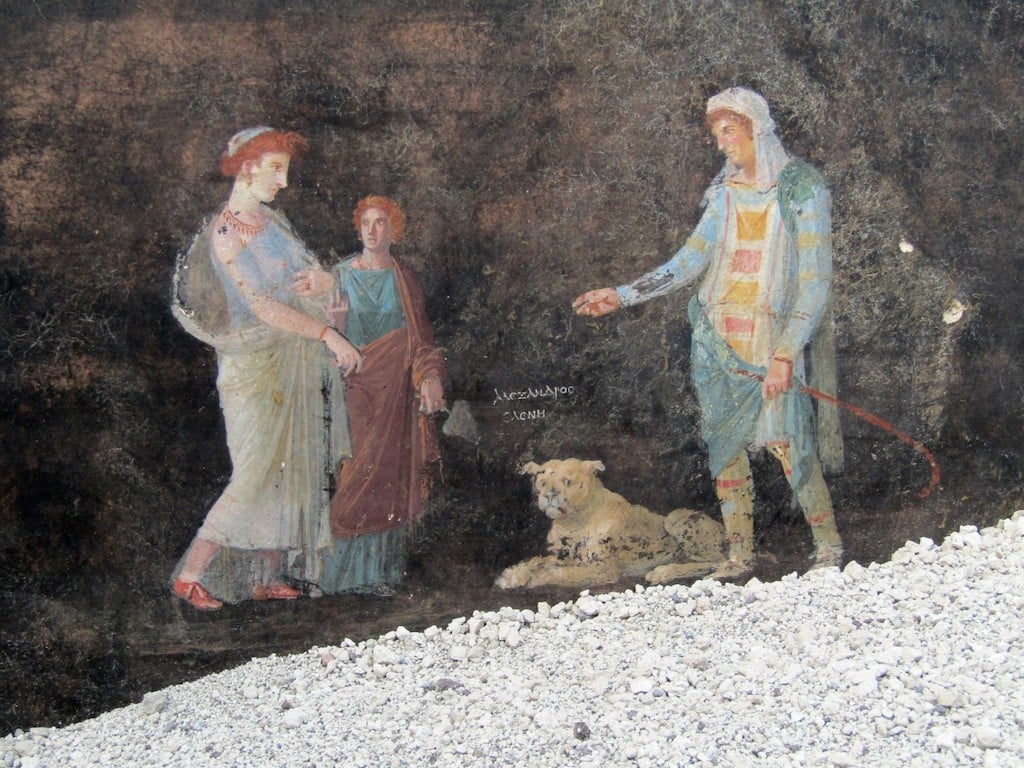
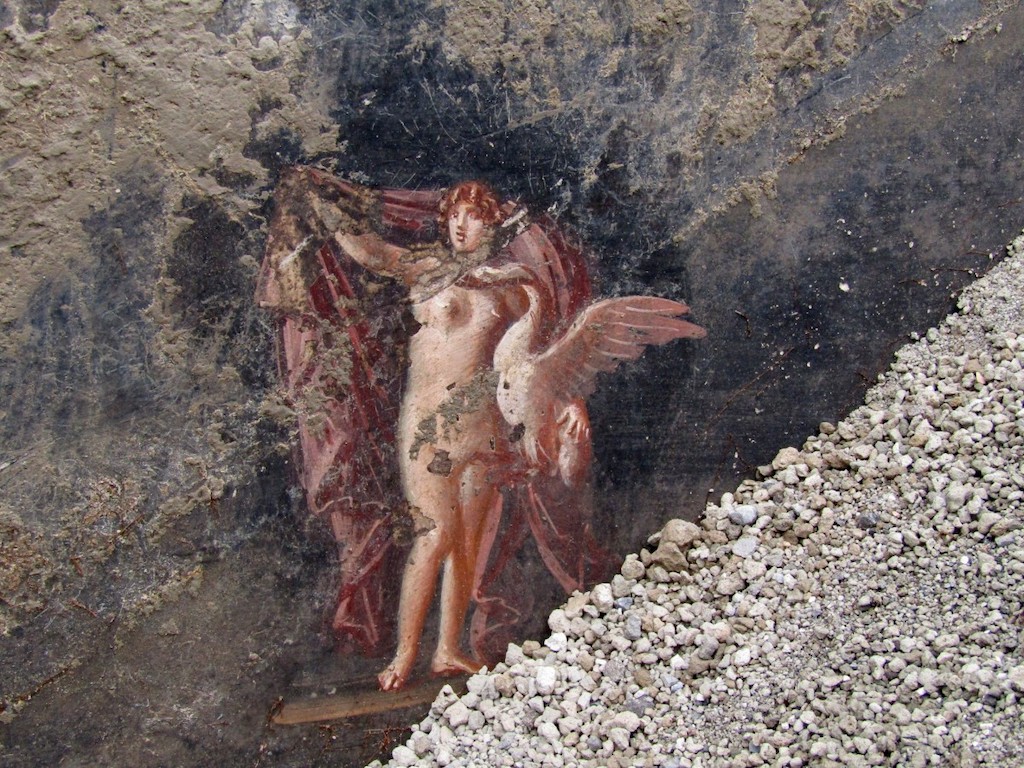
 Please whitelist us to continue reading.
Please whitelist us to continue reading.
Member comments